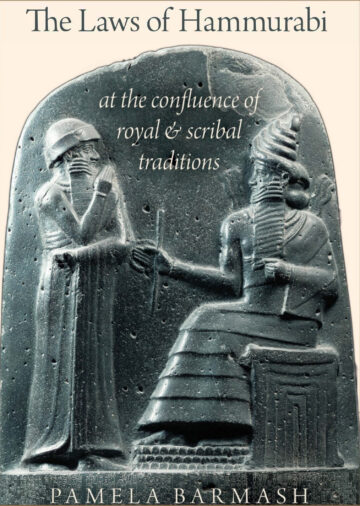The Laws of Hammurabi is one of the earliest law codes, dating from the eighteenth century BCE Mesopotamia (ancient Iraq). It is the culmination of a tradition in which scribes would demonstrate their legal flair by composing statutes on a repertoire of traditional cases, articulating what they deemed just and fair. The book describes how the scribe of the Laws of Hammurabi advanced beyond earlier scribes in composing statutes that manifest systematization and implicit legal principles. The scribe inserted the statutes into the structure of a royal inscription, skillfully reshaping the genre. This approach allowed the king to use the law code to demonstrate that Hammurabi had fulfilled the mandate to guarantee justice enjoined upon him by the gods, affirming his authority as king. This tradition of scribal improvisation on a set of traditional cases continued outside of Mesopotamia, influencing biblical law and the law of the Hittite Empire and perhaps shaping Greek and Roman law. The Laws of Hammurabi is also a witness to the start of another stream of intellectual tradition. It became a classic text and the subject of formal commentaries, marking a Copernican revolution in intellectual culture.

The Laws of Hammurabi
At the Confluence of Royal and Scribal Traditions